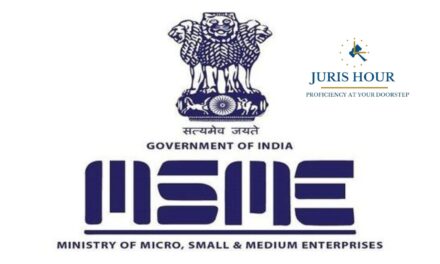This Article is written by Rifat Alam, she is Pursuing her BA.LLB Honours from Department of Law, C.U. (Hazra Campus).
The government of India has been on its toes when it comes to uplifting the Indian Economy. Curating laws and policies to expand the growth and GDP of India has been its number one motive. India was declared as the “third world” country at the time of Independence from the British Rule. At that time India stood at a GDP (Gross Domestic Product) of about 2.7 lakh crore whereas in the year 2024 its current GDP has grown to an all time high of 3.75 trillion dollars.
Today India which is considered as a developing nation rank has the world’s 6th largest economy in the world. All these were due to the various reforms and strategic planning of the Indian leaders. In this article today we will discuss about one of the major tax reforms which helped shaping the Indian economy.
Prior to 2017, the people of India used to pay several indirect taxes for every transaction. These included purchasing, selling, manufacturing, retailing, marketing and many more in the form of Value Added Tax (VAT), excise duty, service tax, central sales tax, entertainment tax, luxury tax, sales tax and the list would go on. It was in the year 2006-2007 that the Former Union Finance Minister, P Chidambaram, in his budget speech spoke about the concept of ‘Goods and Service Tax’ (GST).
On the 1st July 2017, the rule of GST came into effect after it was passed by both houses of parliament on the 29th of march 2017. GST is a type of single indirect tax which was introduced to replace all other indirect taxes, thereby reducing the burden of paying different indirect taxes. GST single handedly elevated the Indian economy and brought it closer to common market. In order to understand the effects of GST on the economy, let us go through a comparison of the Pre- GST and Post-
GST period.
Pre-GST Period
Before the invention of GST, Indian economy operated under a very complex web of indirect taxes that varied across states and industries. These regimes included multiple taxes such as Value Added Tax (VAT), Central Excise Duty, Service Tax and various other local levies. This type of tax collection often led to cascading taxes, increased compliance costs, and inefficiencies in tax administration. Businesses faced multiple hurdles in interstate movements of goods and services, dealing with different rates of taxes. Economically, the in the pre GST era saw differences in prices of goods and services due to varying tax rates, hindering a seamless national market. Small businesses struggled with compliance burdens while consumers had to bear the brunt of higher prices and limited choices.
Post GST Period
The GST system was introduced to tackle these unwanted challenges y establishing a unifies national market. This system brought various central and state taxes into a unifies tax structure, avoiding the cascading effects and simplifying compliance.
Impact of GST on the Indian economy
Negative impact of GST on the economy
- GST being an indirect tax is recovered by rising the selling price. This in turn affects the middle class and the lower middle-class people, therefore has a negative impact on the common man.
- GST negatively affects the market. Firms continue to face issues with the input tax credit system thereby failing to manage working capital requirement in an effective way.
- Following the implementation of GST, the unemployment rate has risen from 3.39 to 6.06% during the period of July 2017 to February 2018 in India.
Conclusion
No doubt the new system of tax reform has given the economy a boost but it should be kept in mind how the local and common have become the ultimate target of this. Purchasers of goods and services now have to pay more taxes on goods and services that they avail. There is a need to revise the tax rates of GST on products of essentials like processed food, almonds, ghee, butter, nuts, fruits have tax rates of 12% which can be reduced because they are essentials for human life. Hence it cannot be denied there has been an economic rise in the GDP of India but there still exists loop holes which needs to be looked at and worked upon.








